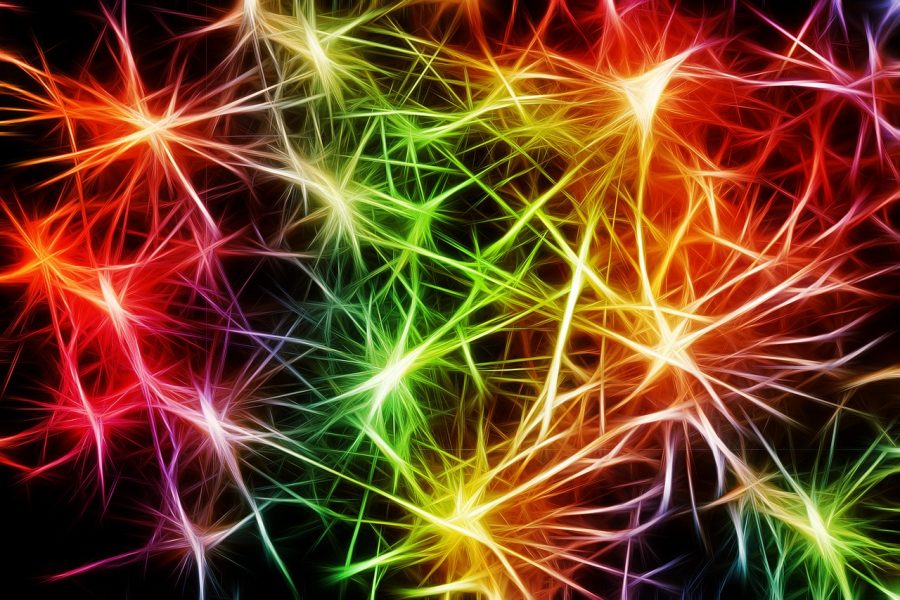Thomas Larrieu and Carmen Sandi discuss whether social rank is a predictive risk factor for stress-induced depression.



Thomas Larrieu and Carmen Sandi discuss whether social rank is a predictive risk factor for stress-induced depression.

Mohammad Soheilypour and Mohammad Mofrad discuss a technique termed ‘agent-based modeling’ that is used in systems biology.

In his “Hypotheses“ article, James Cobley links mitochondrial ROS to activity-dependent synapse pruning.

In their review published in BioEssays, Sandra Richardson and Geoffrey Faulkner discuss the origins and implications of L1 retrotransposition events during development.

n their review published in BioEssays, Mahesh Sangrithi and James Turner discuss mammalian X chromosome dosage compensation with a particular focus on the germ line.

In their article published in BioEssays, Masahide Oku and Yasuyoshi Sakai present three distinct types of microautophagy.

In his review published in BioEssays, James Haber takes a look at how the ends of a broken chromosome find a template with which to repair such a double-strand break.

In their “Hypothesis” article published in BioEssays, Nirmalya Chatterjee and Dirk Bohmann discuss the interplay between Nrf2 and BET proteins and the resultant implications for therapies targeting these proteins.

In their review published in BioEssays, Patrick O’Grady and Rob DeSalle review and discuss why the Hawaiian Drosophila serves as a good evolutionary model clade.

In their review in BioEssays, David Popp et al. discuss how recent advances in structural biology have provided new insights into biological filament systems.